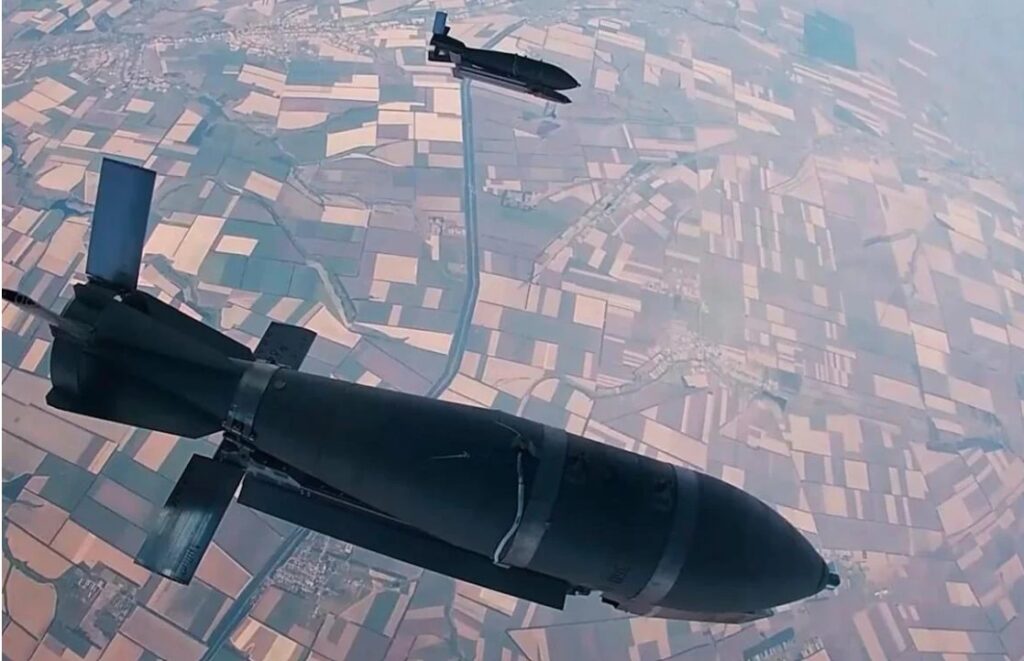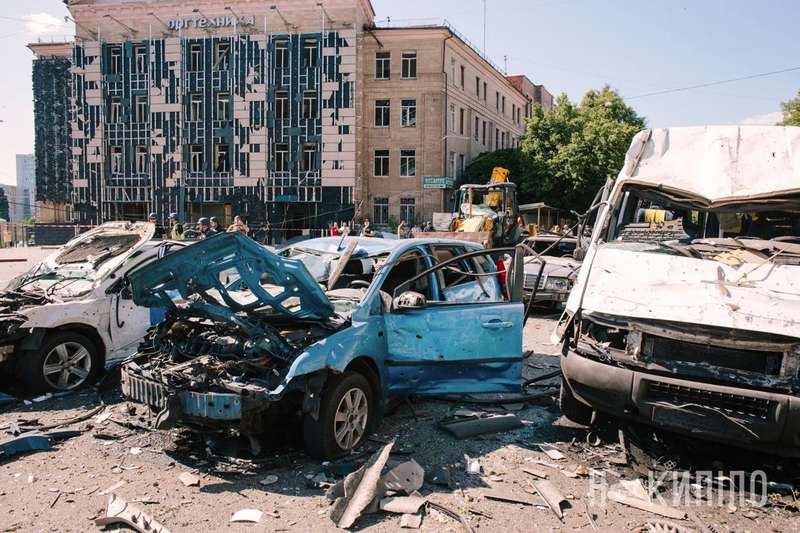Intelligence: New Russian turbojet bombs achieve 43% range boost with Western and Chinese parts

The threat Ukraine feared is becoming real. Russia is developing bombs that could strike far beyond the front lines. According to the Ukrainian Defense Intelligence, Russian forces have increased the range of their aerial bombs from 140 km to 200 km by using guided modular planning bombs (KMPB) equipped with turbojet engines, Telegraf has reported.
This capability enables Russian aircraft to strike targets deep within Ukraine's rear while avoiding its air-defense engagement zones. Now, more Ukrainian cities will be under threat of aerial bomb strikes, including potentially Kyiv Oblast.
Russian bombs reach beyond air-defense envelopes and threaten rear areas
The Ukrainian Defense Intelligence, also known as HUR, noted earlier munitions with shorter reach were used by the enemy primarily to strike targets in the frontline and border regions of Ukraine.
"The new bomb will be no exception, and its up to 200 km range will allow Russian aircraft to remain outside the engagement envelopes of Ukraine’s air-defense systems," said HUR.
In practical terms, today’s threats can now affect infrastructure and facilities that were previously considered relatively protected.
Chinese, American, and Swiss components helped to build deadly weapon
HUR also pointed to the origins of components for these munitions. According to the intelligence service, they are largely built using Chinese parts, while the high-explosive aviation bombs of the Kometa type are fitted with universal modules.
They also employ electronic components of Western manufacture, including products from companies in Switzerland and the US.
The combination of accessible imported parts and adapted technologies provides the adversary with new capabilities for large-scale strikes.
Ukraine must adapt to changes in Russia's range and tactics
The emergence of bombs with a range of up to 200 km requires defense systems to revise their tactics and coverage zones, and to strengthen reconnaissance for early detection of launchers and attacking aircraft.
The battlefield conditions are changing, increasing the need for integrated air defense measures and the adaptation of air defense strategy.
